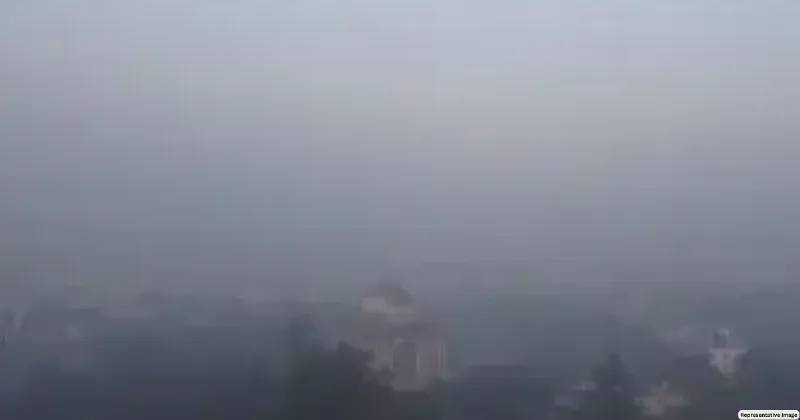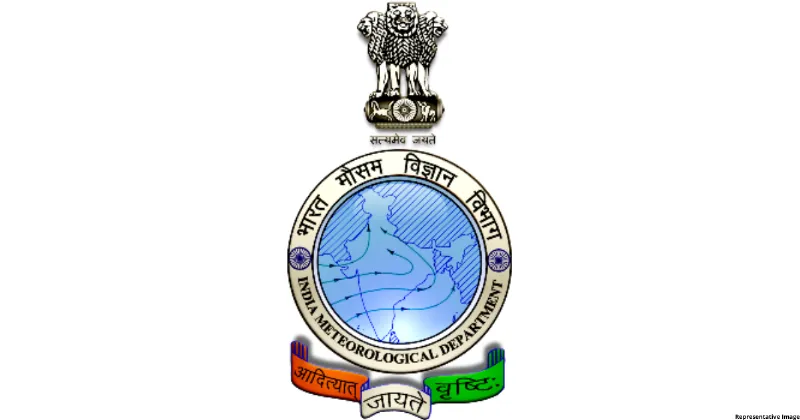Latest News
CREATION IS INCONCEIVABLE, AND SO ARE YOU

For me, it is exciting to look at the intelligence of the body. Your immune system has evolved to know every disease your ancestors suffered from and give you antibodies to them. Even more, an act of intelligence is the ability of immune cells to recognize invading bacteria and viruses that are strangers and then to combat them with antibodies that have never existed before. Your body’s intelligence is the most creative thing about it.
What if you could access the source of this intelligence? That’s the question posed in my new book, Quantum Body. It proposes, in accord with ancient Vedic teaching, that Nature is conscious and holds infinite knowledge. From one unified source, every cell in every living creature is provided genetically with the exact precise knowledge needed for it to thrive.
The same holds true for every cell in your body. If it is true that your body is connected to the source of all creative intelligence, a new world opens up. The infinite possibilities available to creative intelligence become our possibilities. As a vision of human potential, this one holds unbounded promise.
The obstacle that stands in the way of making this vision come true is our ingrained resistance to the whole proposition that Nature is conscious and intelligent. To mainstream science, Nature is an assembly of atoms, molecules, and basic forces operating at random. We have all come to credit this view because of the obvious power of science and technology. Who wants an abstract vision when they can have a new iPhone? Let me sketch in the answer, which is covered in detail in Quantum Body.
The most basic rule taught to journalism students is known as the five Ws. A news story must answer five questions beginning with the letter W: Who, What, When, Where, and Why.
If a bank on Main Street is held up by three masked bandits on Christmas Day, the five Ws are easy. But they have proved nearly impossible when it comes to the daily reality everyone is living. Quantum physics played a large part in blurring “Where?” and “When?”—at the quantum level, any event is merely a probability that has no defined edges in time and space. The quantum field itself has no location since it is everywhere at once.
“Who?” doesn’t figure into quantum calculations, because it is a subjective question and science tries to be purely objective. “Why?” is also dismissed, since science deals with the how of creation, not its purpose or meaning. This leaves us with only “What?”, which in journalism school stands for “What happened?” Here at least the question is clearcut and scientific. What happened (and continues to happen) is the process of creation, embracing the Big Bang on the largest scale and subatomic particles on the smallest.
It is frustrating for modern science that out of five Ws, only one is answerable in a clear, rational way. A complete answer is only available by allowing consciousness in.
Who is the story about? Human beings creating conscious experiences.
What happened? Creation emerged when pure consciousness began to manifest as an experience.
When did it happen? Before time began.
Where did it happen? In a location where space was created.
Why did it happen? Because it is in the nature of consciousness to create.
The problem with these answers isn’t that they are wrong. The problem is that the human brain isn’t up to the challenge. This was expressed in Werner Heisenberg’s famous quote, “Not only is the universe stranger than we think, it is stranger than we can think.”
Thinking happens in words (when it concerns scientific questions, at least), and words can’t comprehend the true nature of creation.
When did it happen? Before time began.
This is nonsensical because “before” is a word based on linear time. The everyday world operates with clock time to measure before and after, yet wherever time came from, things don’t operate that way. Otherwise, it would just be another version of time, not its creator.
Where did it happen? In a location where space was created.
This answer is nonsensical because “where” applies to places in space, not to the location where space was created.
Once you rule out “When?” and “Where?”, the human brain is incapable of processing the answer. The brain operates in spacetime. Everything your brain is composed of—mainly water and some basic elements like carbon, hydrogen, oxygen, and nitrogen—is trapped in space and time. Everything your brain is doing right now offers no escape route into a reality that goes beyond space and time, which is where creation begins.
In short, the brain doesn’t have a clue about creation, even though it transmits creative ideas all the time. In a very mysterious way, everything you can conceive of—the most brilliant thought, the deepest emotion, the most beautiful art and music— comes from a source that is inconceivable.
Clearly, the process of creation isn’t yielding up its mystery. Yet the nature of the inconceivable comes home when you look at creation not as a set of facts but as a creative process. There are five levels of consciousness in Eastern spiritual traditions.
Pure consciousness is revealed as the silent gap between thoughts, in deep meditation, and in moments of complete peace.
Bliss-consciousness is revealed in moments of joy, rapture, inspiration, and wonder.
Wisdom is revealed in moments of insight and intuition.
Mind is revealed in mental activity.
Life energy is self-evident in the feeling of being alive.
Physical world is selfevident to the five senses.
The purpose of drawing a line between wisdom and mind is that everything below the line—mind, life energy, and the physical world—is constantly with us. No conscious choice is needed to participate at these levels. Most people are only dimly aware of the higher levels of wisdom, bliss-consciousness, and pure consciousness.
THE VIEWS EXPRESSED BY THE AUTHOR ARE PERSONAL
DEEPAK CHOPRA The writer is MD, FACP, FRCP founder of the Chopra Foundation, a non-profit entity for research on well-being and humanitarianism, and Chopra Global





















